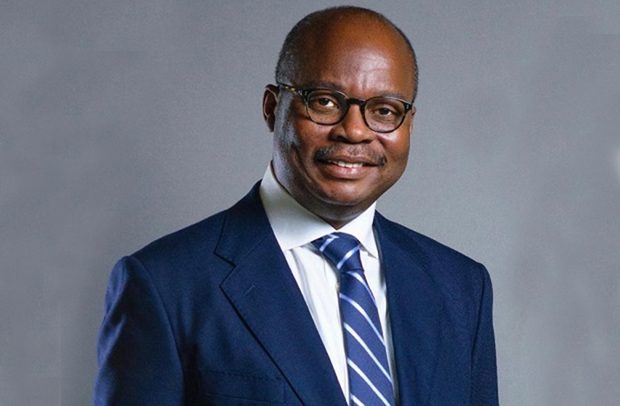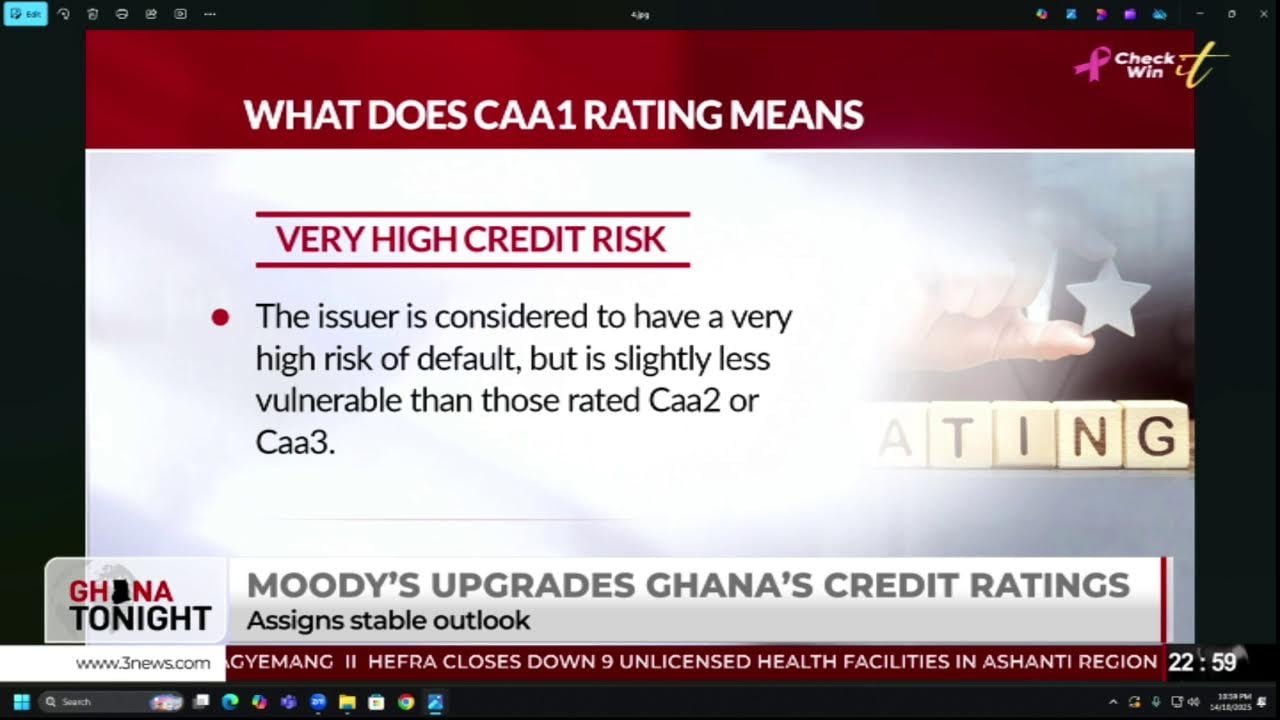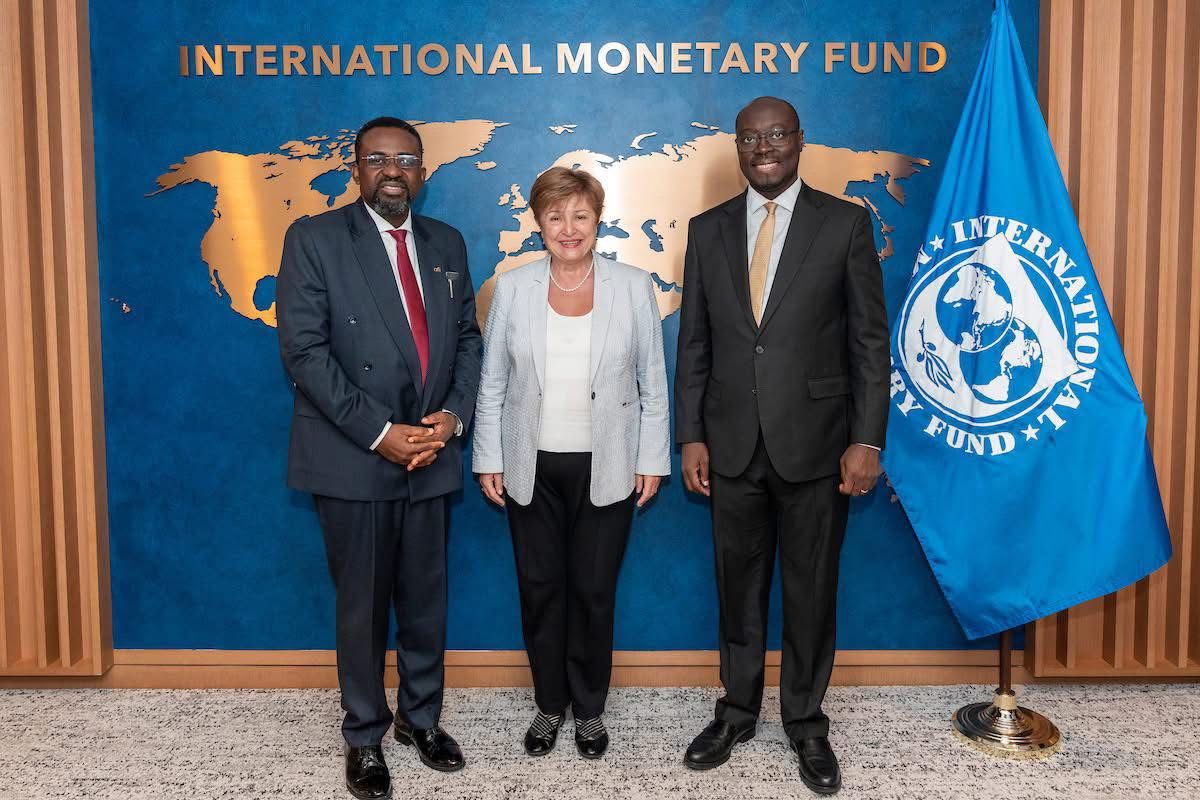
The price movement of Ghana's three main export commodities, oil, gold and cocoa showed mixed trends in the first quarter of 2019, with crude prices witnessing a rebound.
Brent crude prices have risen by 24. 3 percent on a year-to-date basis to an average of US$ 1.7 per barrel in April 2019. The price was expected to trade around the same price by the second quarter.
Gold prices on the international commodities market have inched up on the average by 2.8 percent on a year-to-year basis to settle at US$ 1,286.2 per fine ounce in April due to mainly neutral monetary policy stance by the United States.
Cocoa was looking favorable with increased supply from Ivory Coast; average cocoa prices have risen by 5.1 percent to US$ 2,370.4 per tonne in April 2019.
At a press briefing in Accra on Monday, the Governor of Bank of Ghana, Dr. Ernest Addison, said the commodity prices movement and increased in gold and crude oil production volumes, alongside a relatively lower import bill had a positive effect on the trade balance.
"Provisional estimates for the first four months of 2019 indicated a trade surplus of US$1.3 billion, seeing an increase of 1.9 percent of Gross Domestic Products (GDP), compare with the surplus of US$ 1.0 billion, which was 1.6 of GDP in the same year," he explained.
The current account balance for the first quarter of 2019, Dr. Addison said, had registered a surplus of US$ 294.5 million, equivalent to 0.4 percent of GDP, stating that this was on the back of an improved trade surplus of US$794.4 million and a net outflow of US$ 500 million in the services and income account.
He emphasised that domestic economic growth was strong and the output gap continues to close, adding that the Bank's updated Composite Index of Economic Activity (CIEA) had shown evidence of increased economic activity with a yearly growth 4.0 percent in March 2019, up from 2.9 percent in 2018.
Dr. Addison said the robust pace economy activity was supported by businesses and recovery of the cedi from sharp depreciation.
According to him, though from the first quarter of the year to May 2019, the Ghana cedi cumulatively depreciated by 5.8 percent, compared with 0.2 percent for 2018, the depreciation was more moderate.
He said, against the British pound and Euro, the Ghana cedi cumulatively depreciated by 4.7 percent and 3.3 percent respectively, compared with 1.4 percent and 2.6 percent appreciation respectively over the same corresponding periods.
Dr. Addison added that since February 2019, headline inflation increased from 9.2 percent to 9.3 percent in March and further to 9.5 percent in April 2019.
"The recent exchange rate pass-through has slowed the disinflation process, leading to a slightly elevated inflation profile as shown in the latest forecast. However, core inflation remains subdued and inflation expectations fairly anchored," he said.
The Governor, therefore, stated that the private sector credit growth gained traction as banks sector liquidity improved and that was supported by recapitalisation exercise.
He mentioned that the annual growth in private sector credit was up by 19.8 percent in April 2019, compared with 5.6 percent growth in 2018, however, the private sector credit expanded by 9.4 percent.
According to him, banks latest credit conditions survey shows a net easing of credit stance on loans alongside increased demand for loans by enterprises and households. He stated that the 91-day Treasury bill rate had stabilised 14.7 percent between February and April 2019, up from 13.3 percent in April 2018.
"Similarly, rate on the 182-day instrument was stable at 15.1 percent for the same period, compared with 13.9 percent in April 2018, and on the secondary bond market, yields on the 7-year, 10-year, and 15-year bonds also moderated from 20.98, 21.1, and 21.4 percent in February 2019 to 19.8, 19.97 and 20.7 percent in April 2019," he explained.
He said the banking sector was more resilient and was well-capitalised, solvent and liquid, adding that, profitability was on the rise as banks deployed their additional capital on interest-earning assets.
Dr. Addison said there was evidence of strong deposit growth in the industry pointing to a return of confidence in the banking sector. He said over the first four months of 2019, banks total assets amounted to GH? 109.9 billion, representing an annual growth of 12.4 percent.
The Governor assured the Monetary Policy Committee would continue to monitor both global and domestic development in order to take appropriate measures if necessary to maintain price stability
Source: ISD (Aliyah Bayali)
Read Full Story






















Facebook
Twitter
Pinterest
Instagram
Google+
YouTube
LinkedIn
RSS